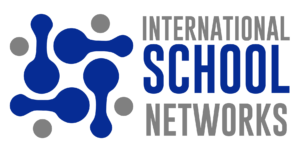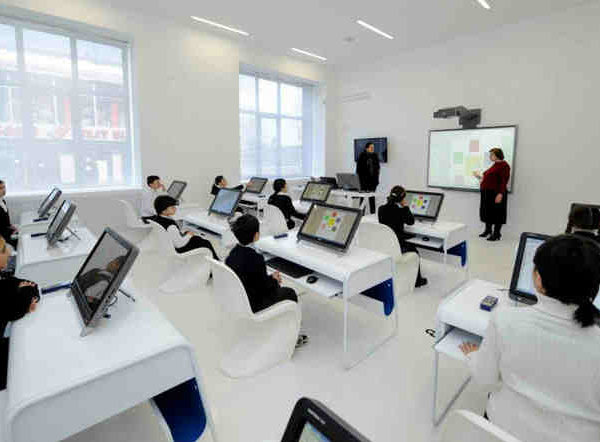Introduction: The Dynamic Landscape of Education
The world of education is in a state of flux. As technology advances and societal needs evolve, so too must our methods of teaching. The traditional classroom, with its rows of desks and standardized tests, is giving way to a more fluid, interactive space. This transformation is driven by innovative teaching methods that prioritize experiential learning, critical thinking, and adaptability.
The Need for Innovation in Teaching
The 21st century presents challenges and opportunities that were unimaginable a few decades ago. To prepare students for this ever-changing world, educators must move beyond rote memorization and embrace methods that foster creativity, collaboration, and problem-solving.
Diving into Innovative Pedagogies
- Flipped Classrooms: This approach inverts traditional teaching. Direct instruction is delivered outside the class, often via video lectures, while in-class time is devoted to exercises, projects, or discussions.
- Project-Based Learning (PBL): PBL shifts the focus from passive learning to active problem-solving. Students work on complex challenges, developing solutions through research, collaboration, and creativity.
- Gamification: By integrating game mechanics into the curriculum, educators can boost engagement, motivation, and retention.
- Microlearning: This method breaks down information into bite-sized chunks, making it easier for students to digest and retain knowledge.
- Peer Teaching: Students take on the role of teachers, explaining concepts to their classmates. This not only reinforces their understanding but also fosters collaboration.
Technology: The Catalyst for Innovation
- Virtual Reality (VR) & Augmented Reality (AR): These technologies immerse students in a 3D environment, making learning more interactive and memorable.
- Artificial Intelligence (AI): AI can personalize learning by analyzing students’ strengths, weaknesses, preferences, and pacing.
- Interactive Whiteboards: These tools make lessons more dynamic, allowing teachers to display videos, conduct polls, or collaborate on documents in real-time.
The Role of the Teacher in an Innovative Classroom
- Facilitator, Not Dictator: The teacher’s role shifts from being the primary source of knowledge to guiding students in their discovery process.
- Continuous Learner: To implement innovative methods, teachers must be committed to their professional development, staying updated with the latest pedagogical trends.
- Feedback Provider: In an innovative classroom, feedback is continuous, constructive, and tailored to each student’s needs.
Challenges and Considerations
- Training: Not all educators are familiar with these methods, necessitating comprehensive training programs.
- Infrastructure: Some techniques, especially tech-driven ones, require significant investment in tools and infrastructure.
- Assessment: Traditional tests may not capture the skills and knowledge gained through innovative methods, calling for more nuanced assessment tools.
Conclusion: The Horizon of Education
Innovative teaching methods are not just trends; they’re responses to the evolving needs of students and society. By embracing these pedagogies, educators can ensure that students are not only informed but also inspired, equipped not just with knowledge but with the skills to navigate and shape the future. As we stand at the cusp of an educational revolution, the onus is on schools and educators to lead the charge, transforming the classroom into a hub of innovation and discovery.


